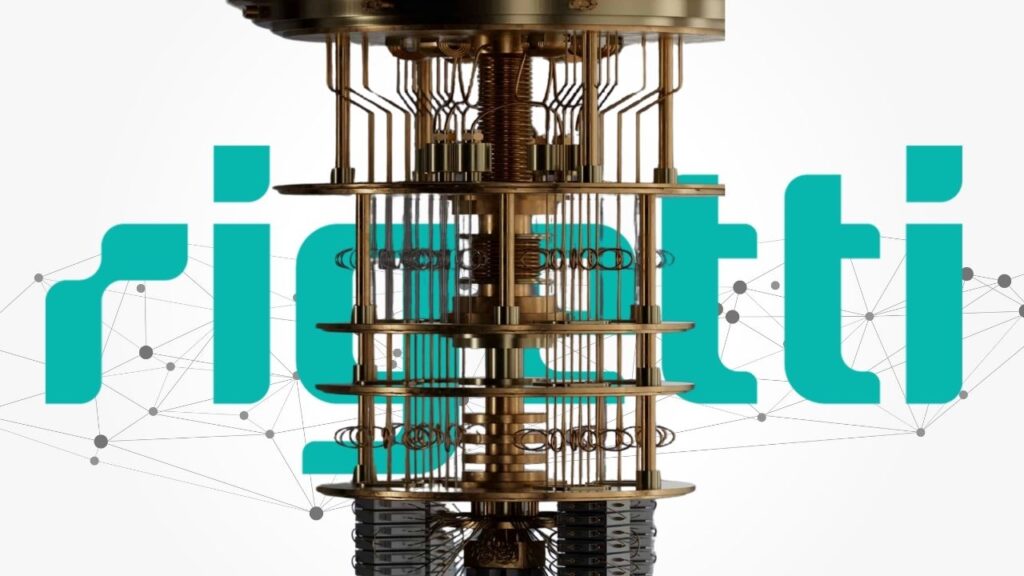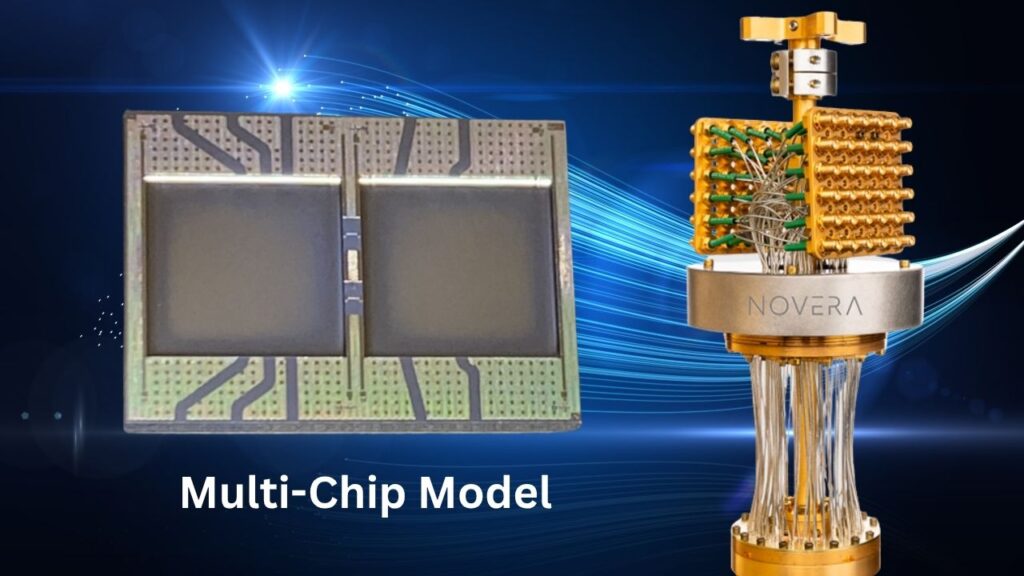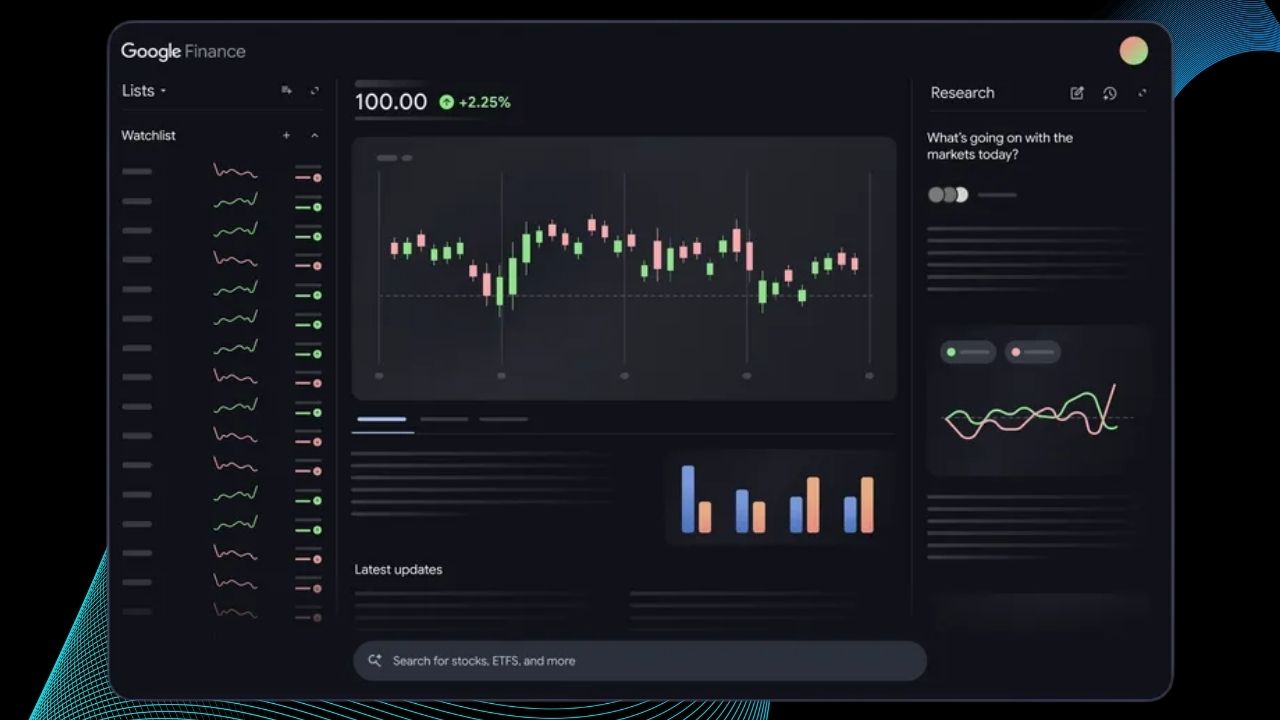Advances Modular Superconducting Architectures: Quantum computing is no longer just a buzzword for scientists and tech enthusiasts. In 2025, it’s a field on the brink of delivering real-world breakthroughs, and Rigetti Computing is leading the charge.

With an ambitious roadmap, Rigetti is targeting the launch of a quantum computer with over 100 qubits by the end of 2025, powered by advanced modular superconducting architectures. This article will break down what that means, why it matters, and how Rigetti’s approach could change the landscape for professionals, students, and businesses alike.
Advances Modular Superconducting Architectures
| Feature/Goal | Details & Data | Timeline |
|---|---|---|
| Target Qubit Count | Over 100 qubits | End of 2025 |
| Modular System Milestone | 36-qubit system (4x 9-qubit chips, modular design) | Mid-2025 |
| Gate Fidelity Target | 99.5% median two-qubit fidelity | 2025 |
| Key Technology | Modular superconducting chips, ABAA frequency tuning | Ongoing |
| Long-term Vision | 336-qubit Lyra system | Post-2025 |
| Real-time Quantum Error Correction | Demonstrated in collaboration with Riverlane | 2024-2025 |
| Financial Backing | $575 million in cash and equivalents, no debt (as of June 2025) | 2025 |
| Official Website | https://rigetti.com | — |
Rigetti Computing’s 2025 roadmap is a bold and credible step toward practical quantum computing. By targeting systems with over 100 qubits using modular superconducting architectures and advanced precision techniques like ABAA, Rigetti is setting new standards for scalability, reliability, and performance. With strong financial backing and a proven track record of innovation, Rigetti is poised to make quantum computing accessible and impactful for researchers, businesses, and learners worldwide.
Understanding Rigetti’s Quantum Roadmap
What Is a Qubit and Why Is 100+ Qubits a Big Deal?

A qubit is the basic unit of quantum information. Unlike a classical bit (which is either 0 or 1), a qubit can be both at the same time, thanks to superposition. This property, combined with entanglement, allows quantum computers to process information in ways that classical computers can’t. More qubits mean more computational power, but also more complexity in keeping those qubits stable and accurate.
Hitting the 100-qubit mark is a significant milestone. It’s not just about having more “quantum bits”—it’s about unlocking the potential for quantum computers to solve problems that are impossible for even the world’s fastest supercomputers. For example, simulating molecules for drug discovery, optimizing logistics, or breaking certain cryptographic codes could all become feasible with this scale.
Rigetti’s Modular, Multi-Chip Approach
Rigetti’s roadmap is built around modular superconducting architectures. Instead of making one giant chip with hundreds of qubits (which is extremely hard), Rigetti connects several smaller chips—each with 9 qubits—into a larger, more powerful system. This is similar to how modern computers use multi-core processors to boost performance.

How It Works:
- Mid-2025: Rigetti will launch a 36-qubit system using four interconnected 9-qubit chips.
- End of 2025: The company aims to scale up to a system with over 100 qubits, maintaining high accuracy (99.5% two-qubit gate fidelity) by leveraging this modular design.
This approach makes it easier to manufacture, test, and upgrade quantum systems. It also helps isolate errors and maintain performance as the system grows.
Precision Engineering: The Role of ABAA
One of the biggest challenges in quantum computing is keeping qubits stable and ensuring they interact correctly. Even tiny errors can derail a calculation. Rigetti’s answer is Alternating-Bias Assisted Annealing (ABAA), a technique that fine-tunes the frequencies of each qubit during manufacturing.
Why does this matter?
- ABAA reduces manufacturing defects.
- It enables consistent, high-fidelity quantum gate operations.
- It supports the scaling of quantum processors to higher qubit counts without sacrificing performance.

High-Fidelity Quantum Operations
Rigetti’s systems are designed for 99.5% median two-qubit gate fidelity. This means that, on average, two qubits will perform their operations correctly 995 times out of 1,000. High fidelity is crucial for running complex algorithms and for practical applications in fields like optimization and machine learning.
Real-Time Quantum Error Correction
Quantum computers are extremely sensitive to noise and errors. Rigetti, in collaboration with Riverlane, has demonstrated real-time, low-latency quantum error correction. This means their systems can detect and correct mistakes as they happen, further improving reliability and scalability.
Rigetti’s Financial Strength and Industry Impact
In June 2025, Rigetti completed a $350 million equity offering, bringing its cash and equivalents to approximately $575 million, with no debt. This strong financial position allows Rigetti to invest aggressively in R&D, manufacturing, and strategic partnerships—ensuring it can deliver on its ambitious roadmap.
Rigetti serves global enterprise, government, and research clients through its Quantum Cloud Services platform and has been operating quantum computers over the cloud since 2017. The company also offers on-premises quantum systems, supporting national laboratories and quantum centers worldwide.
Step-by-Step Guide: How Rigetti Builds Toward 100+ Qubits
Step 1: Develop and Test Modular 9-Qubit Chips
- Rigetti’s 9-qubit chips, such as the Novera QPU, are designed for high performance and easy integration with existing systems.
- These chips are tested individually for stability, fidelity, and error rates.
Step 2: Assemble Multi-Chip Systems
- Multiple 9-qubit chips are interconnected to create larger quantum systems.
- The first major milestone is a 36-qubit system (4x 9-qubit chips), targeted for mid-2025.
Step 3: Apply ABAA for Precision
- During manufacturing, ABAA is used to fine-tune the frequencies of each qubit, ensuring consistent performance across all chips.
Step 4: Integrate Error Correction
- Real-time quantum error correction is built into the system, reducing the impact of noise and external interference.
Step 5: Scale Up and Maintain Fidelity
- The modular approach allows Rigetti to add more chips, scaling to over 100 qubits by the end of 2025.
- The system is designed to maintain high two-qubit gate fidelity (99.5%) even as it grows.
Step 6: Enable Cloud and On-Premises Access
- Rigetti’s quantum computers can be accessed via the cloud or installed on-premises for research centers and enterprises, making the technology widely available.
Practical Advice: What This Means for You
For Researchers and Developers
- Access to Scalable Hardware: The modular design means you can experiment with larger quantum circuits and more complex algorithms.
- Improved Reliability: High-fidelity operations and integrated error correction yield more dependable results, reducing wasted time on failed experiments.
For Businesses and Industry Leaders
- Early Adoption: As quantum computers surpass 100 qubits, practical applications in optimization, finance, and logistics become more feasible.
- Partnership Opportunities: Rigetti’s collaborations highlight the potential for industry partnerships and joint research.
For Students and Educators
- Learning Resources: Rigetti’s public updates and cloud access provide real-world case studies for STEM education.
- Hands-On Experience: Students can run quantum algorithms on real hardware, not just simulations.
New Chiral Superconductor Shows Promise for Stable Qubits
Quantum Graviton Detection Proposed via Acoustic Resonator Setup
FAQs About Advances Modular Superconducting Architectures
Q1: What is a qubit, and why is 100+ qubits significant?
A qubit is the quantum version of a computer bit, capable of being both 0 and 1 at the same time. Reaching 100+ qubits means quantum computers can tackle problems far beyond the reach of classical supercomputers.
Q2: What is modular superconducting architecture?
It’s a system where multiple smaller quantum chips are connected to form a larger, more powerful quantum computer. This approach makes scaling up more practical and reliable.
Q3: What is gate fidelity, and why does it matter?
Gate fidelity measures how accurately quantum operations are performed. High fidelity (like Rigetti’s 99.5% target) is essential for reliable and practical quantum computing.
Q4: What is Alternating-Bias Assisted Annealing (ABAA)?
ABAA is a manufacturing technique that fine-tunes qubit frequencies, reducing defects and boosting the precision of quantum gate operations.
Q5: How can I access Rigetti’s quantum computers?
Rigetti offers cloud-based access and on-premises systems for research and enterprise clients. Visit their official website for more details.
Q6: How is Rigetti funding its roadmap?
As of June 2025, Rigetti has $575 million in cash and equivalents, supporting its R&D, manufacturing, and commercial scale-up plans.










